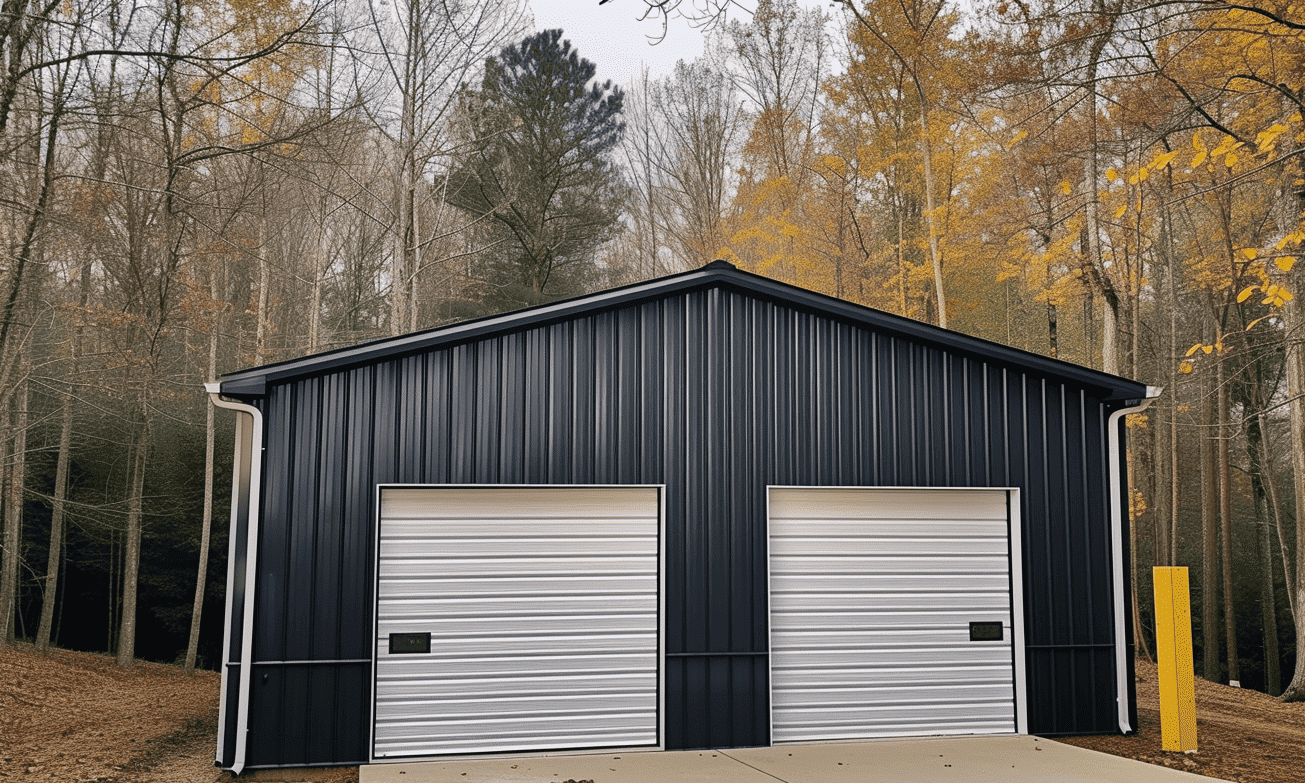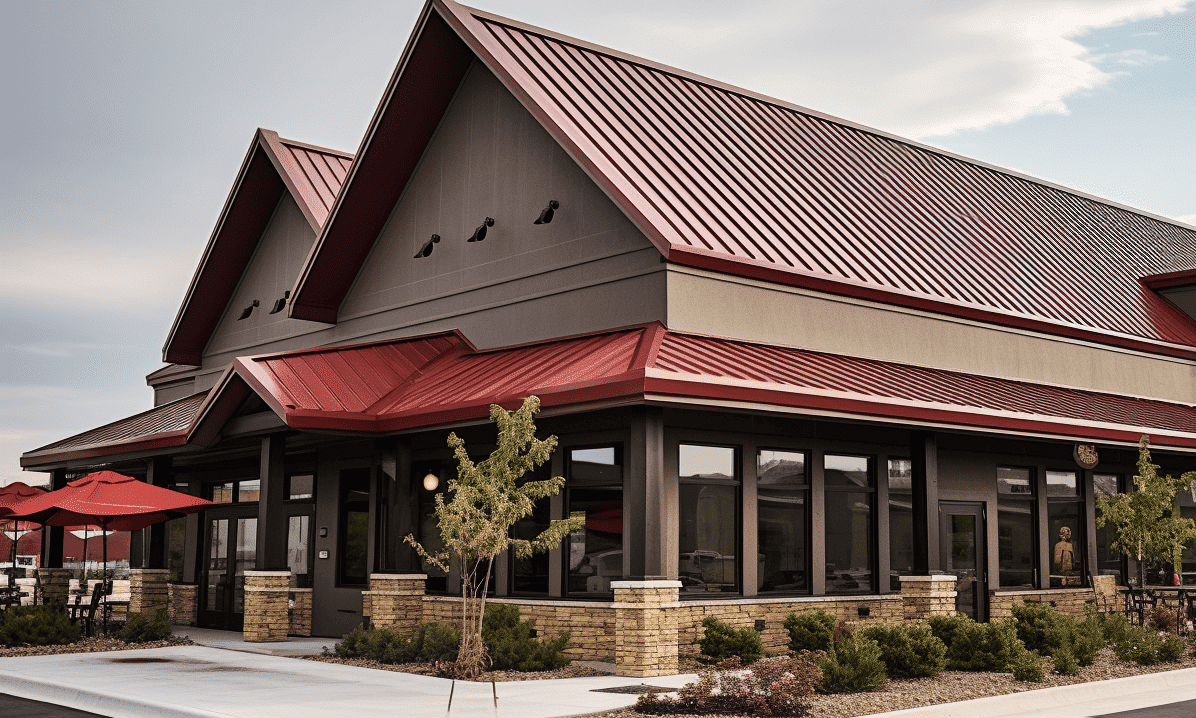Freezing Rain in Quebec: A Reminder about the Importance of Weather-Resistant Construction
Environment Canada has confirmed that Quebec is expected to wear the cloak of freezing rain from its western areas all the way up to the Gaspé Peninsula, starting from Friday until Sunday. This period of harsh weather should serve as a reminder for those involved in the world of construction and real estate development to always consider the impacts of weather resistance in our built structures.
But, what does this mean for the structure of the building? Let’s explore.
How Freezing Rain Impacts Building Structures
Discordant weather conditions are elements that every construction and real estate development project must take into account. Magnified by the crystalline icicles captured in the recently published photo by The Canadian Press, the accumulation of freezing rain clearly demonstrates the extent to which our built environment is subject to the forces of nature.
The freezing rain can have a direct impact on the integrity of buildings. For instance, heavy ice or storm can add significant weight to roofs and other structures, increasing the risk of damage or even collapse. Nearby trees laden with ice can also break and fall on structures causing destruction.

Weather-Resistant Building: A Worthwhile Investment
Constructing weather-resistant buildings can mitigate such risks, even in the face of harsh and unpredictable climate conditions. From the choice of materials used in construction, right through to design approaches – every facet contributes to developing a structure that can resist and withstand adverse weather conditions.
Among the various construction materials available, metal scores high on the list of materials that offer durability and resistance against such weather impacts. Certain metal buildings are specifically designed to handle heavy loads, demonstrating high endurance levels even in the face of intense weather events, such as freezing rain.
Superior Construction with Steel Buildings

Consider steel construction, for instance. Not only do steel buildings provide unmatched durability, they also offer adaptability and are eco-friendly. Further, unlike wooden frames, steel frames are not prone to rotting or infestations, and can withstand heavy climate conditions.
Quebec’s climate, marked by snowy winters and humid summers, sets forth additional challenges. Buildings must be designed and constructed to endure this range of climatic conditions. Therefore, innovative solutions like metal buildings must be prioritized to limit the potential impact of weather extremities on the dwellings.
A Call for Preserve and Protect: Embrace the Metallic Way
Now, as we brace ourselves for the upcoming freezing rain in Quebec, it becomes more and more pertinent to consider the advantages of robust construction solutions. As a builder, it’s crucial to consider long-term adaptability and resilience against weather extremities.

Given these circumstances, steel buildings emerge as an economical and environmentally friendly solution that can survive freezing rain as well as chronic weather conditions over the decades.
In conclusion, we must embrace modern approaches and prioritize durability and safety in our buildings. For more information on metal buildings, please feel free to explore our website. Let’s build a future that’s not only sustainable but also resilient.
Original story: CBC
Join the Conversation
Do you agree that adopting more resilient construction practices is a solution to withstand weather extremities? Share your thoughts and experiences in the comments below. We look forward to hearing from you. Stay safe!




